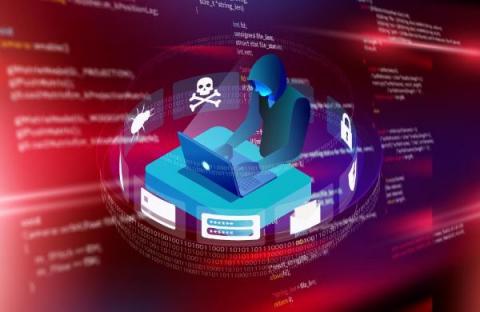Security | Threat Detection | Cyberattacks | DevSecOps | Compliance
Latest News
Analysis of Clop's Attack on South Staffordshire Water - UK
On August 15, the Clop ransomware group announced on their leak website the breach of South Staffordshire Water, a privately owned UK water supply company. This attack is yet another example of ransomware gangs targeting critical infrastructure expecting to receive a big payout, which is reminiscent of hundreds of previous incidents, including the well-known Colonial Pipeline and JBS attacks.
5 Common Risks Involved in Mergers and Acquisitions
Effectively Evaluating Security Monitoring Services
Cyber threat detection and response is a well-established area of the cyber security industry today, with a multitude of product and service types and definitions (and many a ‘Magic Quadrant’).
The dangers of assert in Python
There are many ways to find bugs in Python code: the built-in debugger (pdb), a healthy amount of unit tests, a debugger in an IDE like Pycharm or Visual Studio, try/catch statements, if/else statements, assert statements, or the tried and true practice of covering every inch of your codebase in print() statements like it’s going out of style. Assert statements can help us catch bugs quickly and are far less intrusive than copious amounts of print statements.
Apple, Google Patch iOS, Chrome Zero-Days Exploited by Hackers
Read also: Microsoft disrupts a phishing operation targeting NATO countries, the use of wiper malware expands beyond Ukraine, and more.
Facial Recognition Technology: CBP's new Traveler Identity Verification
With an urgent need for the deployment of a new biometric and biographic authenticator at the borders, US officials in departments such as the Department of Homeland Security (DHS), U.S. Customs and Border Protection (CBP) decided to use a Facial Recognition Technology over their Manual ID or Document Verification techniques.
Writing a GDPR Compliance Statement (Checklist included)
General Data Protection Regulation (GDPR) demands the implementation of numerous procedures and processes. A significant portion of this effort will be reflected in your GDPR-compliant Privacy Policy. However, a lot is going on behind the scenes.
Mining Malware History for Clues on Malicious Package Innovation
Malware has come a long way since it first made the scene in the late 1990s, with news of viruses infecting random personal computers worldwide. These days, of course, attackers have moved beyond these humble roots. Now they deploy a variety of innovative techniques to extract large amounts of money from businesses around the world. A similar development is taking place with malware’s upstart cousin – the emergence of malicious packages being uploaded to package registries.
Overview of the Cyber Weapons Used in the Ukraine - Russia War
Observing the ongoing conflict between Russia and Ukraine, we can clearly see that cyberattacks leveraging malware are an important part of modern hybrid war strategy. While conventional warfare is conducted on the battlefield and limited by several factors, cyber warfare continues in cyber space, offering the chance to infiltrate and damage targets far behind the frontlines. Russia utilized cyberattacks during the initial phase of the invasion in February.











